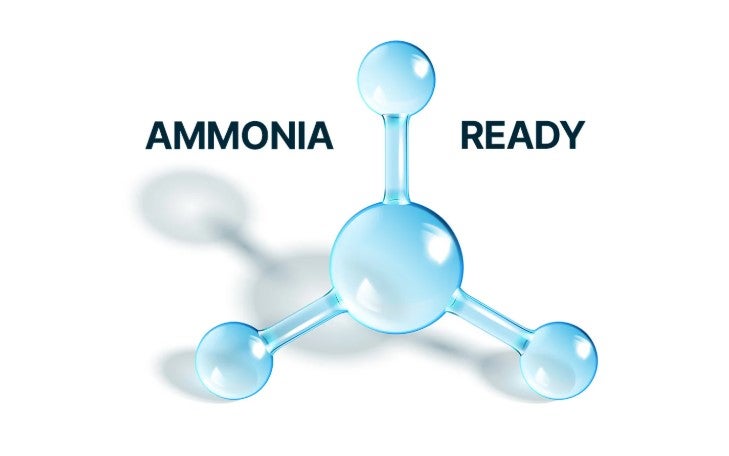
Ammonia requires special material
To ensure safe applications with wet ammonia, stainless steel is the first choice for our valves, as it is not attacked by this media. An exception to this is gas mixtures of ammonia and carbon dioxide. Bronze and brass valves, on the other hand, should only be used for absolutely dry ammonia, as copper and copper alloys react corrosively with even the slightest trace of moisture in combination with ammonia.
Our solutions for your application:
- Dry ammonia: bronze and brass valves
- Wet ammonia: full stainless steel valves
We have developed upgrade kits for our globe valves. This means that we not only offer the direct installation of ammonia-ready valves within an ammonia-fuelling system but also enable our customers to upgrade valves that have already been installed.
Possible ways to your ammonia valve:
- New valves for LNG projects and future ammonia upgrades possible
- Installed valves for LNG use ⟶ Upgrade to ammonia use with our upgrade kit
- Ammonia-ready products for new projects
The production of ammonia
The production of ammonia is a key process in industrial chemistry. Renewable energy is generated with the help of solar and wind power. Hydrogen is then produced by electrolysis, and nitrogen can be obtained from an air separation unit. Hydrogen (H2) and nitrogen (N2) are stored in tanks. Ammonia is produced using the Haber Bosch process, which is the most commonly used method. Ammonia can be stored either at 1 bar and -33 °C or at 9 bar and 20 °C in liquid form.
Do you already know about our webinar on ammonia as a marine fuel? Have a look here (external Link to HEROSE Youtube channel). Or read more about our valve installed in an ammonia fuel supply system here.

